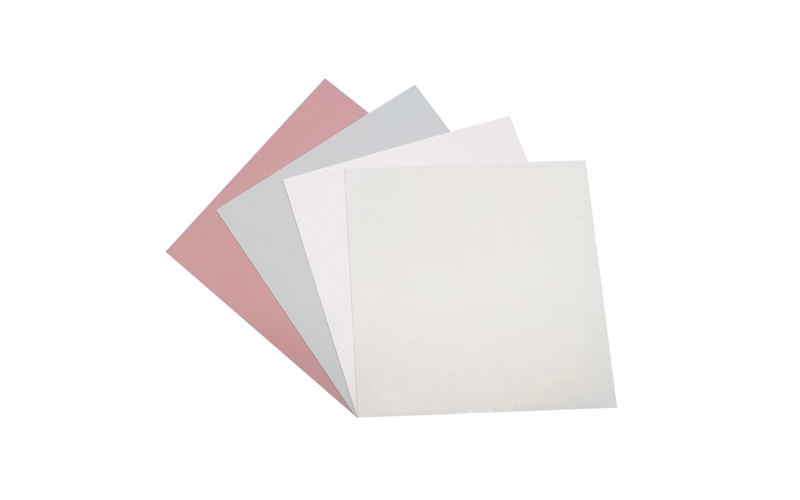Thermal Pad Difference between Thermal Conductivity and Thermal Impedance
- Posted on:2023-05-26 14:22:00
- Source:AOK Thermal Pad Manufacturer Company News
Thermal conductivity and thermal impedance are two important parameters used to describe the performance of thermal pads. Thermal conductivity refers to the ability of a thermal material to conduct heat. A thermal pad with high thermal conductivity will transfer heat more effectively from one surface to another.
Thermal impedance, on the other hand, is a measure of how much a material resists the flow of heat. A thermal pad with low thermal impedance will allow heat to flow more easily through it, resulting in better heat dissipation. Across the industry, thermal interface material manufacturers often publish thermal conductivity in units of Watts / meter-Kelvin as well as thermal impedance in units of °C – inches2 / Watt on their datasheets.
Thermal conductivity is a material property and describes the ability of the given material to conduct heat. Therefore, when a material’s thermal conductivity is high, the material is a better thermal conductor. This property is independent of material size, shape or orientation in a homogeneous material, and because of this, thermal conductivity is an idealized value. Thermal resistance is another inherent thermal property of a material, and is the measure of how a material of a specific thickness resists the flow of heat. Since thermal pad thickness is directly related to the resistance, thinner thermal pads transfer heat more efficiently than thicker ones.
Contact resistance is specific to the interfaces where a pad meets the heat-generating component and the heat sink. In reality, neither of these components are perfectly flat or smooth, therefore these surface irregularities create micro-air voids when in contact with the interface material, reducing the effectiveness to transfer the heat (air is a very poor thermal conductor).
Therefore, the thermal impedance of a material is the sum of its thermal resistance and all contact resistances. When a material’s thermal impedance is lower, the material is a better thermal conductor in that application. Based on this, it's understandable that factors such as surface roughness, surface flatness, clamping pressure, presence of adhesive, non-homogeneous, and material thickness all have large impacts on the material’s thermal impedance. In summary, thermal conductivity measures how well a material conducts heat, while thermal impedance measures how much it resists the flow of heat. Both parameters are important in evaluating the performance of thermal pads.
If you would like to learn more about AOK performance thermal materials, please visit our website at www.aok-technologies.com.


